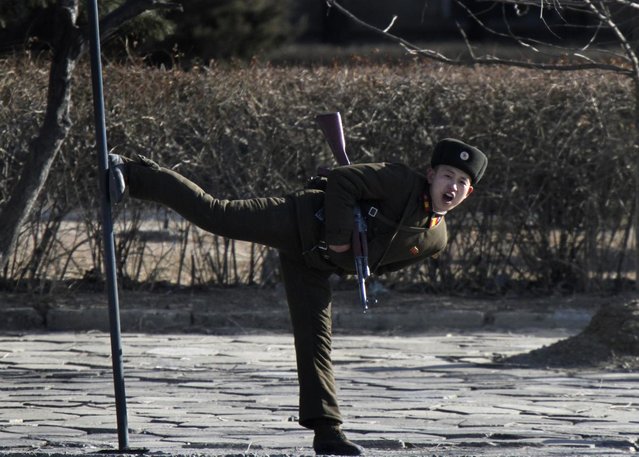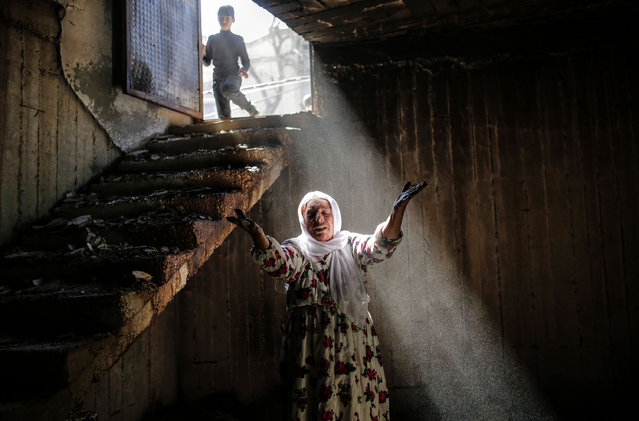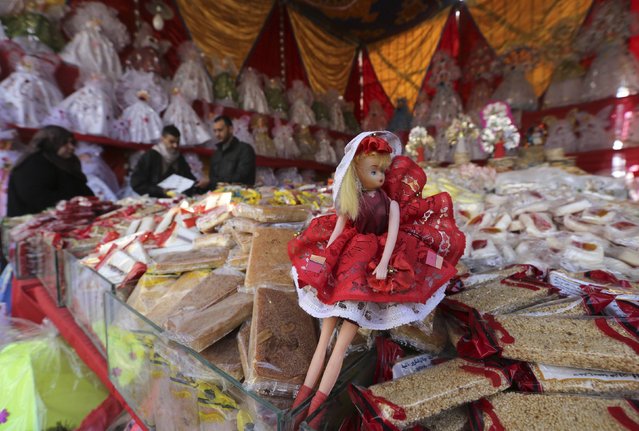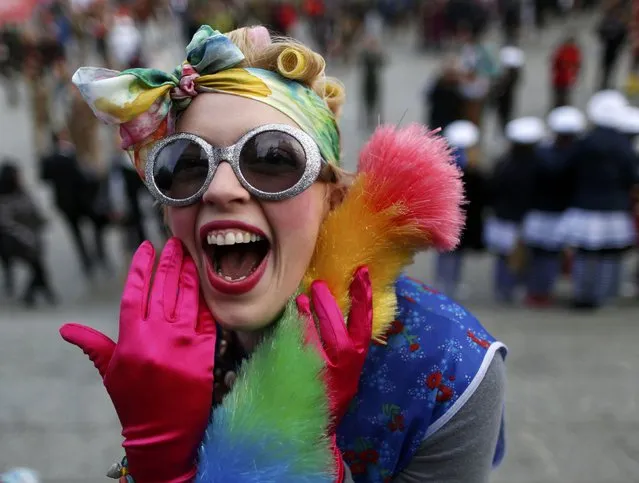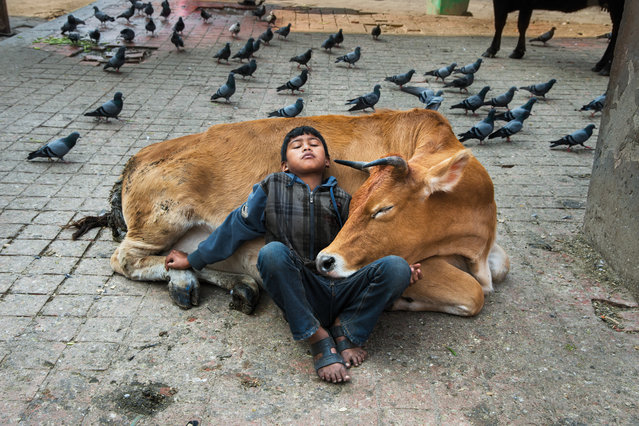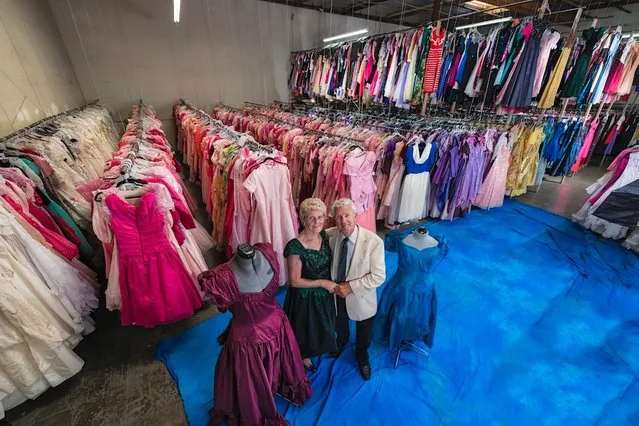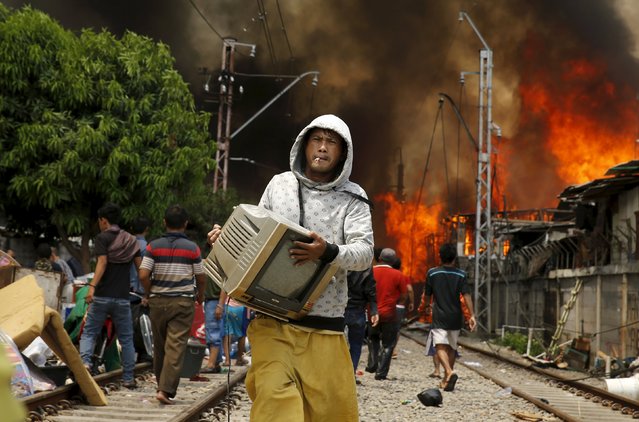
A man carries a television away from a fire in a slum area next to railway tracks in Kampung Bandan, North Jakarta, Indonesia January 26, 2016. According to local media, the fire destroyed approximately 100 wooden dwellings, built along a busy railway line. No casualties were reported. (Photo by Reuters/Beawiharta)
27 Jan 2016 13:33:00,post received
0 comments

